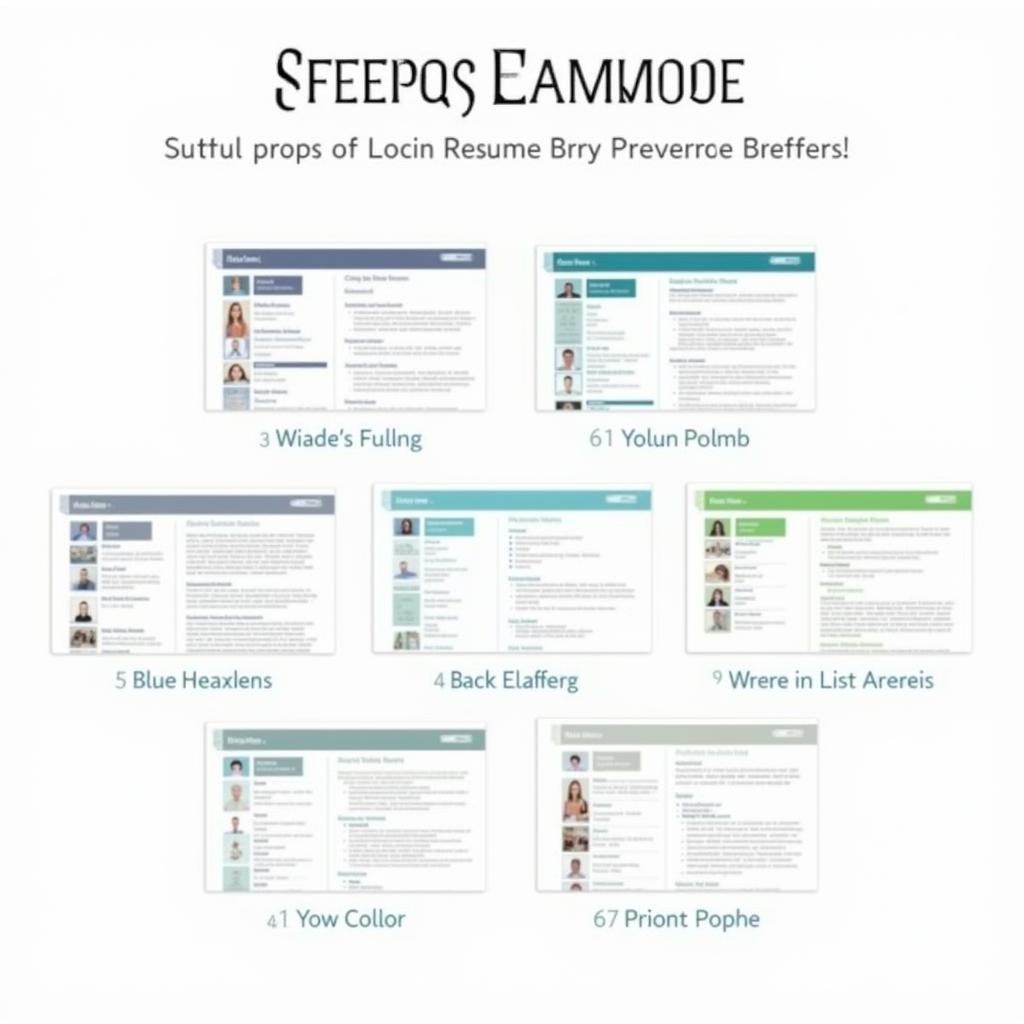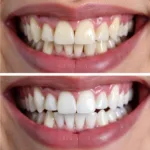Choosing the best color for your resume can be just as important as the content itself. What is the best color for a resume? While content reigns supreme, the right color choices can subtly influence how your resume is perceived, making it stand out from the stack and leaving a lasting impression. This guide will delve into the psychology of color, explore different color options, and help you select the perfect hues to enhance your resume and boost your chances of landing an interview.
 Best Resume Color Examples
Best Resume Color Examples
Decoding the Psychology of Color
Color evokes emotions and associations, impacting how information is received. Understanding these subconscious connections can help you strategically use color to your advantage. For instance, blue is often associated with trustworthiness and stability, making it a popular choice for corporate settings. Green can represent growth and innovation, while gray conveys sophistication and neutrality. Knowing how these colors are perceived can guide your choices and ensure your resume aligns with your desired image. Are you seeking to project an image of creativity or dependability? The answer to this question will influence your color palette.
The Best Colors for Your Resume: A Detailed Look
Classic and Professional: Neutrals
Neutral colors like black, white, and gray are always a safe bet. They exude professionalism and allow your qualifications to take center stage. Black text on a white background is the most common and readable combination. Consider using gray for subtle accents, such as section headings or borders, to add a touch of visual interest without being distracting. These understated tones create a clean, sophisticated look that’s appropriate for any industry.
 Neutral Color Resume Design
Neutral Color Resume Design
Modern and Creative: Subtle Pops of Color
While neutrals are a reliable choice, incorporating subtle pops of color can make your resume more memorable. Consider using muted shades of blue, green, or burgundy for headings, borders, or bullet points. These colors add a touch of personality without being overwhelming. However, avoid bright or neon colors, which can appear unprofessional and detract from your content. If you’re unsure, stick to a single accent color to maintain a cohesive and polished look. For further guidance on professional attire, see our article on what colors should you wear for an interview.
Matching Your Industry: Strategic Color Choices
Some industries may benefit from more specific color choices. For example, if you’re applying for a position in a creative field, a touch of color might be welcome. However, for more traditional industries like finance or law, sticking to neutrals is generally recommended. Researching industry norms can provide valuable insights into appropriate color palettes. Do you need help with other aspects of your job search? Check out our article on what color is your parachute worksheets.
What Colors to Avoid on Your Resume
Just as important as choosing the right colors is knowing which ones to avoid. Bright, neon colors can be distracting and unprofessional. Similarly, overly ornate or patterned backgrounds can make your resume difficult to read. Avoid using multiple colors or clashing combinations, which can create a chaotic and unprofessional impression. Keep it simple and focus on readability and clarity. You want the hiring manager to focus on your skills and experience, not the distracting color scheme. Are you struggling with formatting issues? Our guide on how to get rid of background color in google docs can be helpful.
Conclusion: Choosing the Right Color for Your Resume
Selecting the best color for your resume involves careful consideration of your industry, personal brand, and the overall message you want to convey. By understanding the psychology of color and choosing hues strategically, you can create a visually appealing and professional resume that stands out from the competition. Remember, your resume is your first impression, so make it count! What is the best color for a resume? It’s the one that best represents you and your professional goals.
FAQ
-
Can I use colored paper for my resume?
-
Is it okay to use a colored font?
-
Should I use different colors for different sections of my resume?
-
What if I’m applying online? Do color choices still matter?
-
How can I ensure my resume is readable regardless of color choices?
-
Are there any cultural considerations for resume color choices?
-
Should I match my resume color to my cover letter?
Common Resume Color Scenarios
-
Creative Fields: Subtle pops of color can showcase creativity.
-
Corporate Roles: Neutral colors project professionalism.
Further Reading:
Need support? Contact us at 0373298888, email [email protected], or visit us at 86 Cầu Giấy, Hà Nội. Our customer service team is available 24/7.

